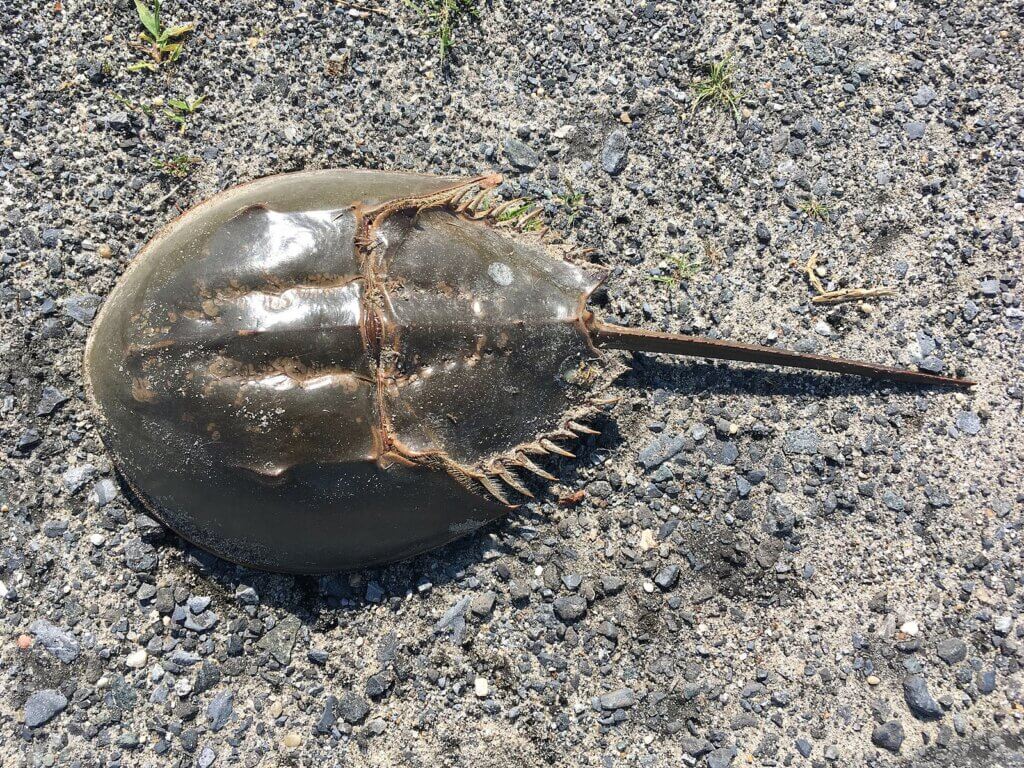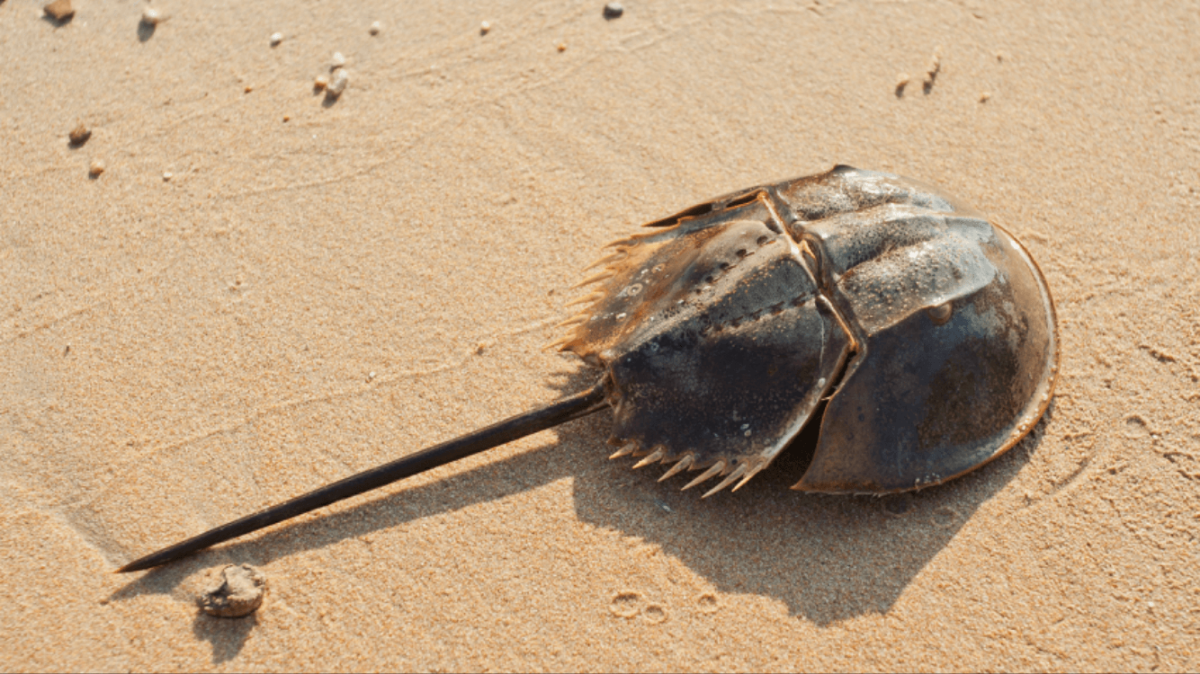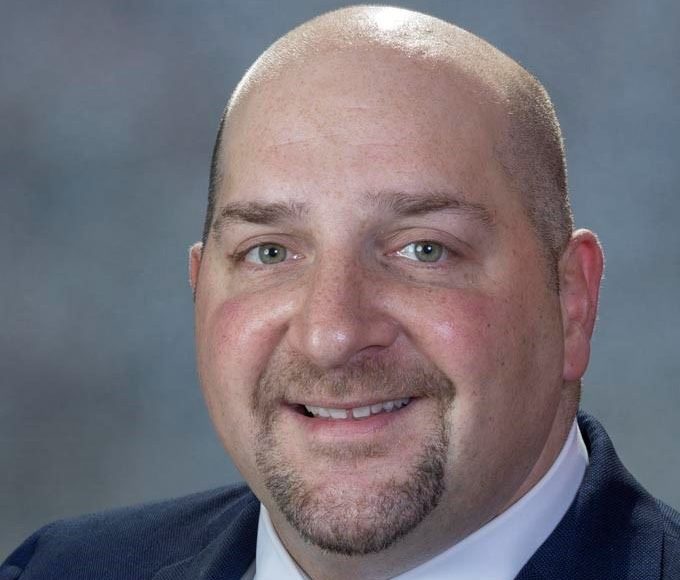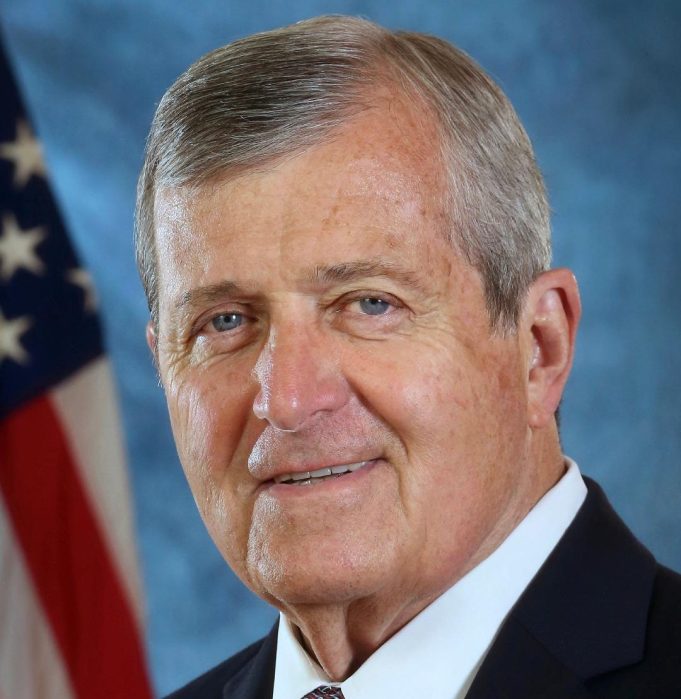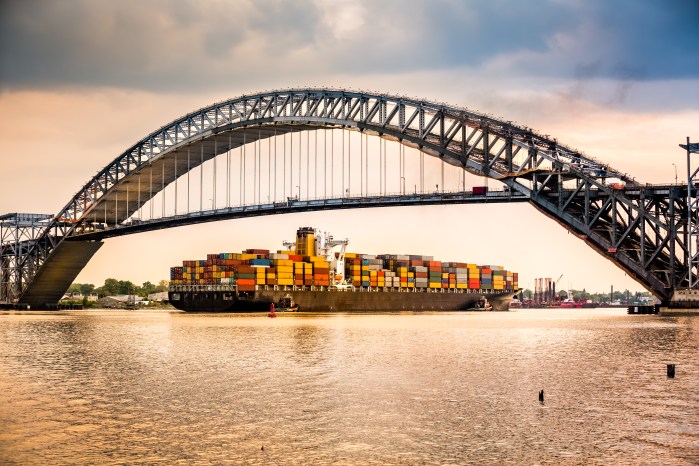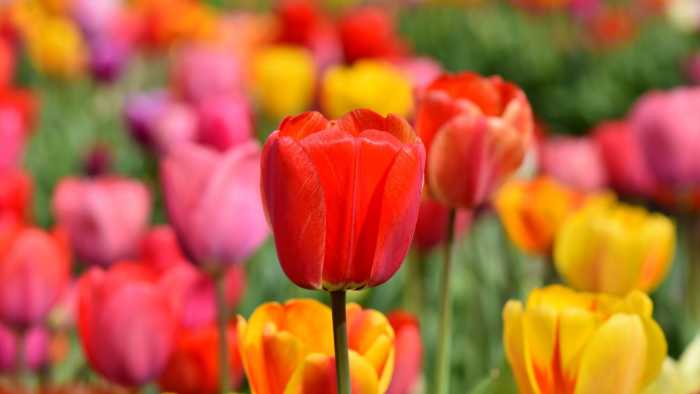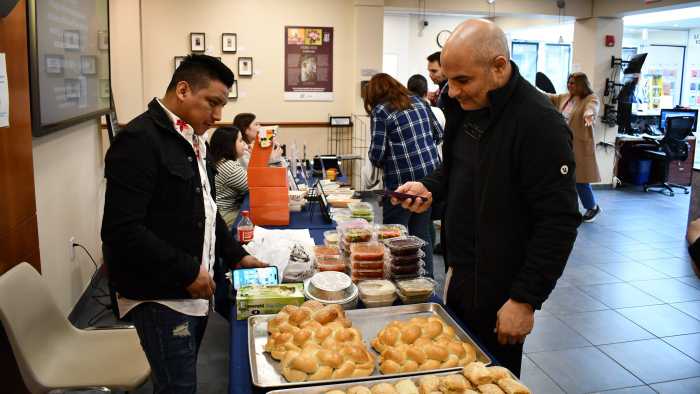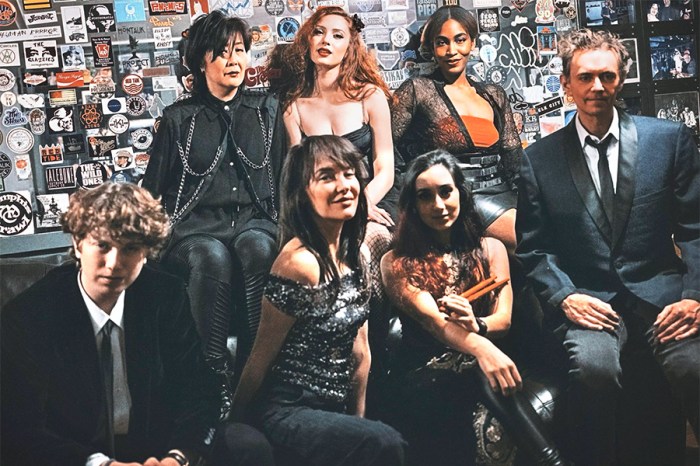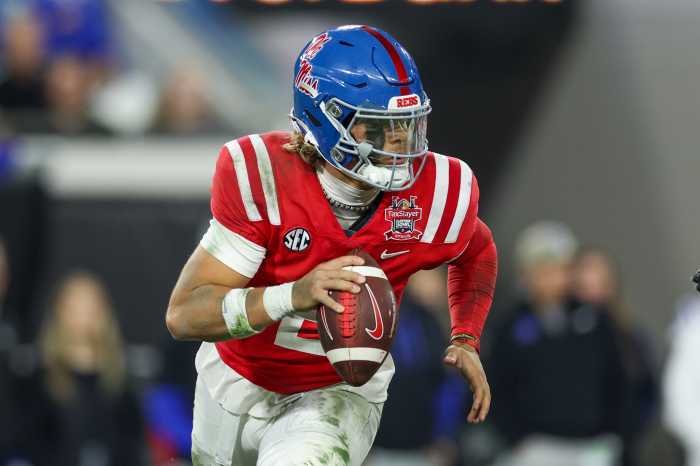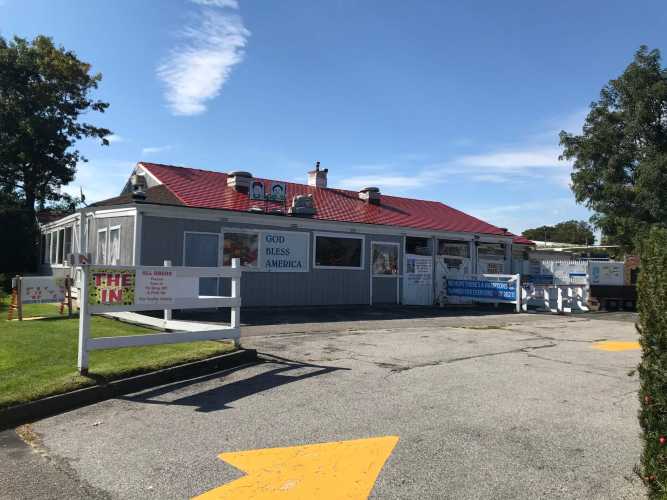“The population of horseshoe crabs is not stable on Long Island,” says Dr. John Tanacredi, a global expert on a creature that has existed for 455 million years.
Tanacredi is director of the Center for Environmental Research and Coastal Oceans Monitoring (CERCOM) of Rockville Centre-based Molloy University. CERCOM is located at what had been the Blue Points Oyster Hatchery in West Sayville.
CERCOM is the only captive horseshoe crab breeding aquaculture laboratory in the United States, he says. “This is our 21st year.”
Tanacredi, a full professor of Earth and Environmental Sciences at Molloy, notes that New York State — with Long Island being key — is the only state to receive a “poor” grade by the Atlantic States Marine Fisheries Commission when it comes to horseshoe crabs.
Horseshoe Crabs In New York Area
A report by the commission states: “Horseshoe crabs in the New York area are in a state of decline and this trend is primarily attributed to harvest for the bait industry.”
They are harvested and ground up for bait for eels and whelk. But there could be substitute baits, says Tanacredi. “Horseshoe crabs should not be collected for bait,” he declares.
The New York State Department of Environmental Conservation allows 150,000 horseshoe crabs to be harvested annually.
Tanacredi, who lives in Melville, first became familiar with horseshoe crabs as a boy from Brooklyn coming to Babylon in summers and learning to swim off a beach along the Great South Bay.
Back then, in the early 1960s, the beach was “filled” with horseshoe crabs, he recounts.
The shores of Long Island and the wetlands they embrace have long been a habitat for horseshoe crabs.
In Brooklyn, as a youngster, he volunteered at the New York Aquarium in Coney Island and began studying what he speaks of as this “alien-looking, strange-looking creature.”
The aquarium had an exhibit featuring horseshoe crabs, and Tanacredi tells of the impact on him of the writings of the aquarium’s director, Rev. Dr. George Ruggieri, a Franciscan priest.
Tanacredi speaks of Ruggieri’s writings on how horseshoe crabs, beyond being an extraordinary life form in themselves—“living fossils,” he says—have provided “pharmaceuticals from the sea.”
Horseshoe Crabs’ Use in Pharmacies
The crabs’ blue blood is indispensable in the detection of bacterial endotoxins in medical applications, he states, notably the Limulus amebocyte lysate test. He notes how this was critically important during the Covid-19 pandemic.
Horseshoe crabs are bled, their blue blood collected and used for medical purposes. But most of the crabs used for their blood survive upon being returned to the sea.
Tanacredi’s background includes being a coastal research supervisory ecologist for the National Park Service.
He served as a “hurricane hunter” for the U.S. Navy and in that job “cut my teeth on the impacts of hurricanes on coastal environments.”
For 12 years he was deputy director of the Aquatic Research and Environmental Assessment Center at Brooklyn College.
He holds a doctorate in environmental health engineering from NYU-Polytechnic Institute.
About Horseshoe Crabs
Horseshoe crabs, despite their name, are not crabs but more closely related to spiders and scorpions.
Their smooth, hard shell is shaped like a horseshoe, thus their name. They predate the dinosaurs by more than 200 million years.
Ending the taking of horseshoe crabs for bait and “better protecting their habitat” would go far toward adding the survival of the species, says Tanacredi.
“They are a wonderful organism. They are so important to human health,” he says, and they “survived five mass extinction events” happening on Earth through their millions of years of existence.
What is their future now — in the nation, in the world and on Long Island?
Karl Grossman is an investigative journalist and professor of journalism.
